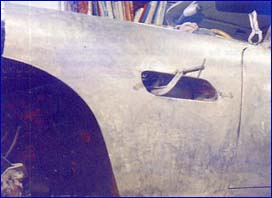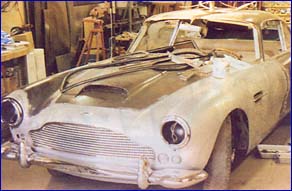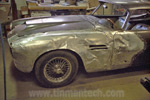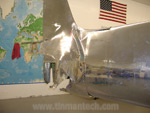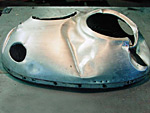The History of Automotive Aluminum Part 3
The History of Automotive Aluminum Part 3
The P-51 Mustang, for example, is a very popular and famous aircraft and you'll see much evidence there of gas welding, as well as on the B25, B-24 and B-17. By 1950, however, the push for supersonic aircraft was well underway and with it came the new era of electric welding: the inert gas, or TIG, system. This new welding technology would be applied to both aircraft and automobile production, thus opening the door for MIG, plasma and other new systems of metal forming.
From this brief historical overview, we find that during the first half of this century, aluminum was used extensively in cars and airplanes, and it was repaired and re-repaired, gas welded, shrunk and stretched with very common machines and techniques throughout the world. It is only because American automobile manufacturers use very high automobile production methods that such tremendous numbers of steel cars have been produced. Accordingly, the auto body techniques in this country have mostly been based on steel. In Europe and in other areas, it is more common to find people who can work aluminum panels equally as well as they can work steel. In fact, for many years, aluminum body work in America was limited essentially to aircraft and some race car building.
See full slideshow of Aston Martin DB4 repair
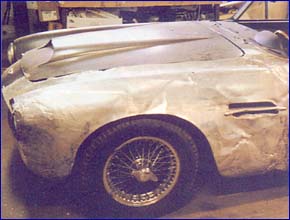
Kent White completed the repairs on the Aston Martin using the original damaged parts and no body filler. The body panels were painstakingly straightened by hand. This kind of repair may not be practical in a high-volume shop, but when the vehicle is rare and the parts don't exist anywhere else, it's this or nothing at all. Look for a photo of the restored vehicle as it appears today in the final installment of this series.
